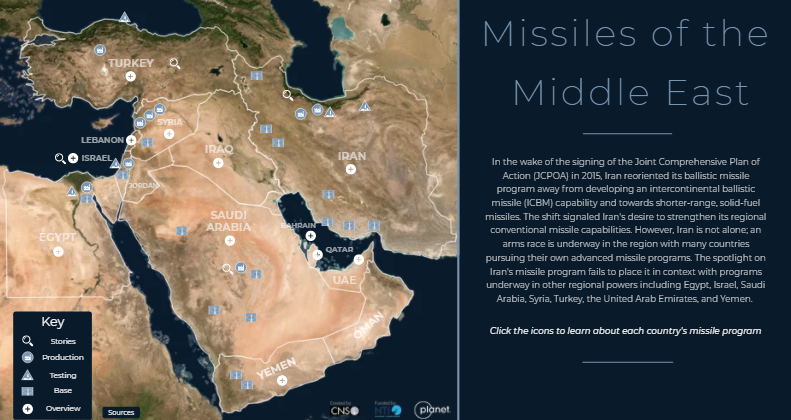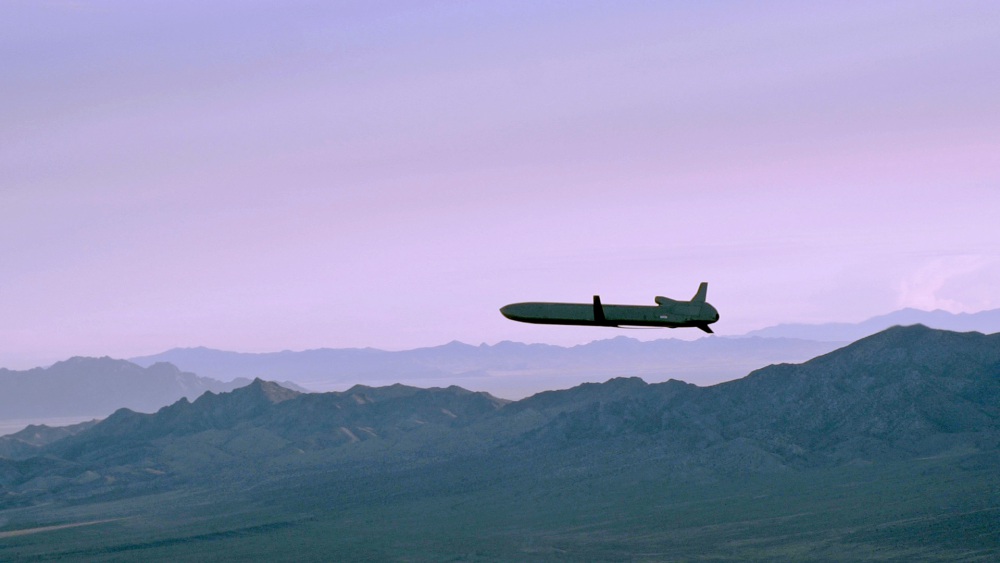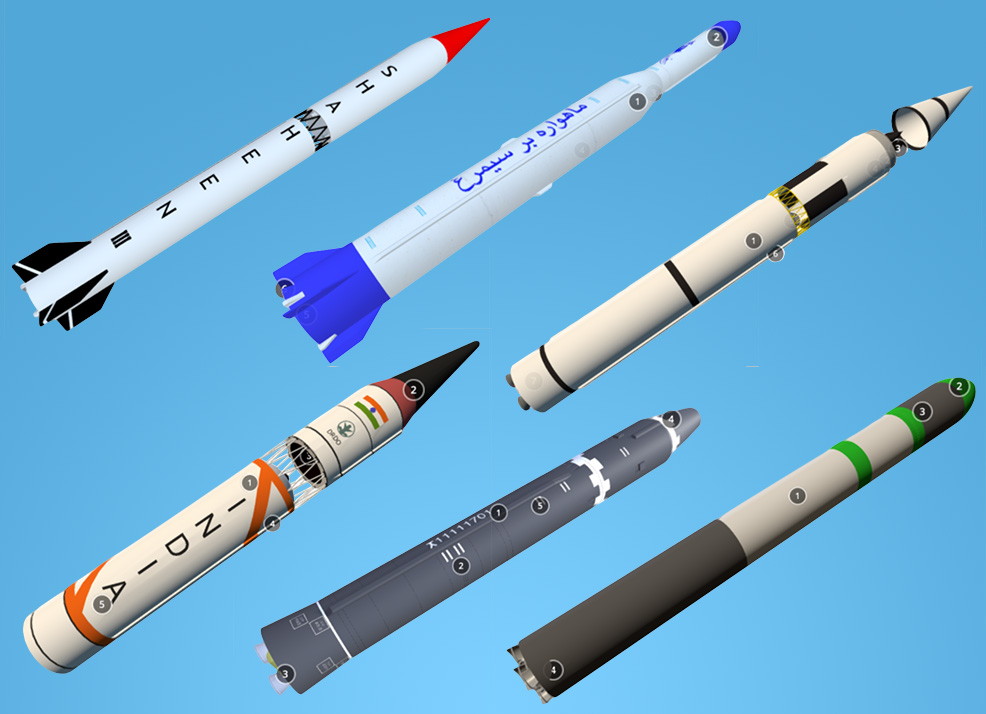
Jeffrey Lewis
Director of the East Asia Nonproliferation Program, The James Martin Center for Nonproliferation Studies
About the image
Iran’s development of ballistic and cruise missiles, as well as its willingness to transfer those missiles to its regional allies and proxies, is a frequent talking point employed by critics of diplomatic efforts to resolve the concerns arising from Iran’s nuclear program. Opponents of the Joint Comprehensive Plan of Action (JCPOA) objected that the nuclear deal with Iran did not, among other short-comings, fundamentally constrain Iran’s missile programs. These objections have been given full voice by the Trump Administration, which has objected to Iranian space launches and demanded, as a condition for any renewed diplomatic engagement, that “Iran must end its proliferation of ballistic missiles and halt further launching or development of nuclear-capable missile systems.” 1
Given the amount of press attention, one might be forgiven for focusing on Iran’s missiles to the exclusion of all others. And yet, Iran’s missile program does not exist in a vacuum. It is part of a decades-long process during which many regional states have acquired similar capabilities. Israel and Egypt were the first countries in the region to pursue long-range ballistic missiles, while Iran’s program did not begin until Iraq launched missiles at Tehran and other urban centers during the so-called War of the Cities in the 1980s.
Iran’s growing missile capabilities should be understood in the context of widespread missile proliferation throughout the Middle East. Iran is one of eleven different countries in the region that possess long-range missiles—missiles that either approach or exceed the threshold defined by the Missile Technology Control Regime (MTCR) for Category I missiles. 2 As illustrated in the below interactive map of missile programs in the region, countries with long-range missiles include: Bahrain, Egypt, Iran, Israel, Qatar, Saudi Arabia, Syria, Turkey, the United Arab Emirates, and Yemen. 3 While many of these missile systems have been imported, six of the eleven countries on this list either possess or are developing a domestic manufacturing capability.
While Iran’s first missiles were based on Scud missiles imported from North Korea, in recent years it has deployed a new generation of solid-fueled ballistic missiles that are designed and produced in Iran. Iran has unveiled a series of new ballistic missiles and underground facilities, including a 1,000 km long-range ballistic missile called the Dezful in February 2019. The former Commander of the Iranian Revolutionary Guards Corps, Major General Mohammad Ali Jafari described the missile as “an answer to Westerners … who think they can stop us from reaching our goals through sanctions and threats.” 4
Iran’s missile programs do represent a challenge to regional stability. Iran has used ballistic missiles to strike targets in Syria on two different occasions and Iranian proxies in Yemen have fired Iranian-produced missiles at Riyadh, the Saudi capital. Iran’s leaders see missiles as an element of power and are willing to use them. Jafari described the purpose of the Dezful missile simply: “to protect our nation and the oppressed and downtrodden nations in the region that may ask for help from the Islamic Republic.” 5
Any diplomatic agreement to constrain or end Iran’s missile programs will only be sustainable in the context of a region-wide effort that addresses these programs in a comprehensive and balanced manner. Iran currently abides by a voluntary limit not to develop missiles with a range in excess of 2,000 km. While this limit provides some reassurance to the United States, it leaves in place regional missile capabilities that threaten U.S. partners in the region.
While the presence of long-range missiles has been a problem in the region for decades, their proliferation appears to be entering a new and more dangerous phase, with programs becoming increasingly sophisticated and indigenous. Iran is far from the only country developing new and potentially destabilizing missile capabilities. Addressing the development of missiles below the 2,000 km range threshold on a regional basis would require engaging a number of states in the region now developing their own domestic missile capabilities. While in the past, many of the missiles in the region were liquid-fueled and imported from abroad, several countries are establishing domestic programs to manufacture solid-propellant missiles.
While Israel has the oldest and most developed long-range missile program in the region, Iran’s missile program has evolved significantly in recent years, moving from imported Scud-based technologies to modern solid-fueled ballistic missiles with lightweight composite airframes and more advanced guidance systems.
Other countries in the region are now following suit. Many of the states that were the first to import ballistic missiles from abroad are now transitioning to the domestic production of missiles. Saudi Arabia, which imported 2,000 km-range DF-2 ballistic missiles from China in the late 1980s, is now developing its own domestic missile program, possibly with Chinese assistance. Turkey, too, has flight-tested its own domestically produced short-range missile, the Bora. At the same time, new states such as Qatar are beginning to import missiles from outside the region.
In the past, regional arms control was largely treated as a problem to be dealt with using diplomatic pressure and export controls. To the extent that the United States attempted to limit the spread of missiles in the region, those efforts were limited to pressuring countries like Argentina and North Korea to cut off collaboration with regional powers. At the same time, there were few efforts at regional arms control beyond the confidence-building measures discussed as part of the Israeli-Palestinian peace process. While the United States did attempt to slow the introduction of missile technology into the region, its application of pressure was inconsistent and uneven. This double standard was particularly apparent in the case of U.S. partners, where nonproliferation concerns often took a backseat to regional geopolitics.
The public statements of U.S. officials today, to a large extent, still reflect this outmoded approach. U.S. officials often describe Iranian ballistic missile tests and programs as destabilizing but are consistently silent about those same events in other states that maintain closer relationships with the United States. Although it is hardly surprising for a state to hold its friends to a different standard than its adversaries, Iran is not likely to abandon its missile program if other states, such as Israel, Saudi Arabia, and the UAE keep their programs.
Imposing limits on Iran’s missile program would require imposing corresponding limits on other regional powers. There are, of course, smaller and more achievable steps that could reduce tension and the risk of miscalculation in the region. Some have suggested a regional system for states to notify one another of missile and space launches. A more ambitious proposal would be to develop a cooperative monitoring system to provide early warning of launches to all states. These measures would not eliminate the threat posed by ballistic missiles in the Middle East, but they are practical and achievable steps that would allow the regional states to begin to discuss the destabilizing implications of the missiles they are all so eagerly pursuing.
Sign up for our newsletter to get the latest on nuclear and biological threats.
Delivery systems―such as ballistic and cruise missiles, combat aircraft, and drones―determine how, when, and against whom a country can use conventional, nuclear, chemical, or biological weapons.
Interact with 3D models of ballistic and cruise missiles from China, India, Iran, North Korea, Pakistan, and Russia. Produced by the James Martin Center for Nonproliferation (CNS).
View interactive visuals, analysis, and data on ballistic missile and SLV launches by North Korea, Iran, India, and Pakistan.


